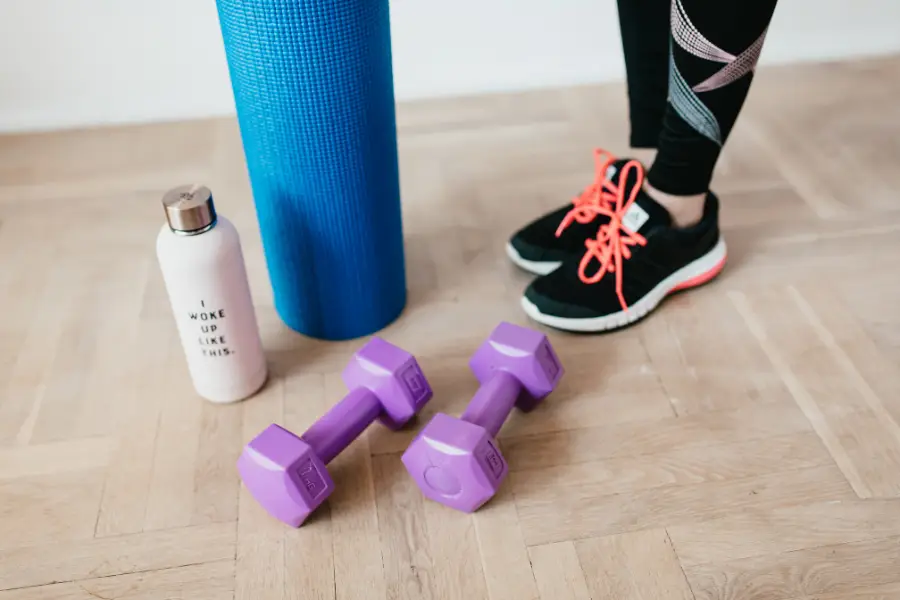When it comes to sports, the thrill of competition is often accompanied by hidden dangers—slips, obstacles, and falls can turn a fun game into a tragedy in seconds. Whether you’re a professional athlete running the field or a weekend warrior of your favorite eye at a local gym, play the role of the unsung hero in this place after you’re safe on your heels.
In the blog post, we will explore why players at all levels need to choose the right floor and how investments in sports flooring can improve play and peace.
Key Takeaways
- Safe and slip-resistant flooring minimizes injury risks in sports environments.
- Technological advancements are enhancing flooring safety features.
- Proper maintenance is critical to preserve the safety of sports floors.
Understanding the Need for Safe Sports Flooring
Ensuring the safety of players, coaches, and visitors is a priority in sports facilities globally. A critical aspect of this safety is the floor underfoot. Selecting appropriate sports flooring options is vital for both performance and safety. Elevated sports floors help reduce the risk of slips, falls, and other injuries and provide athletes with stability and support in dynamic movement. This consideration should be crucial in sports facilities with heavy traffic where daily sports and activities are held.
Slip-resistant flooring becomes especially crucial in this context. Slips and falls are the most common injuries in high-energy sports facilities and movements, sometimes wet or dirty playgrounds. Research shows that the appropriate incorporation of anti-slip measures can significantly reduce injuries. A well-designed playing floor provides safety, encourages engagement, and builds confidence in athletes at all levels.
The Science Behind Slip Resistance
The science of slip resistance in sports flooring combines advanced engineering and material science. A good sports floor should provide good traction without compromising comfort. The substances used were selected typically for their ability to take in shock, supplying a cushioning effect that stops injury during falls or high-effect sports. The ground’s texture is likewise critical, designed to grow grip and reduce the risk of slippage.
Environmental elements, including temperature and humidity fluctuations, can affect the overall performance of a playground. Thus, material choices are influenced by indoor and outdoor conditions, expected weather, and expected wear. This balance of factors is a testament to the complexity and importance of sports flooring technology in safeguarding athletes.
Common Materials for Safe Flooring
Depending on the specific safety and performance requirements, sports flooring is made from various materials with unique characteristics. For example, rubber is known for its excellent shock absorption and durability. This makes it ideal for gymnastics and sports like basketball, where cushioning is vital due to constant bounce and rapid direction changes.
Another popular vinyl option stands out for its durability and low maintenance, making it an ideal choice for multipurpose venues. Its adaptable design allows for customization in aesthetics and performance characteristics, aligning with varied sports needs. Polyurethane offers similar benefits, with added flexibility that enhances traction, making it a sought-after choice in modern sports facilities.
Innovations Enhancing Flooring Safety
Technological developments have significantly elevated the standard of sports flooring. Innovative flooring systems equipped with integrated sensors are at the frontier of this evolution, offering real-time monitoring of players’ movements. Such technology predicts potential slip scenarios and can provide immediate feedback for the coaching staff, enhancing safety and performance.
This cutting-edge development transforms how sports facilities manage safety and engage with athletes. These systems are increasingly adopted to offer actionable insights and optimize the athletic environment, ensuring athletes’ well-being and enhancing schooling performance.
The Importance of Regular Maintenance
Regular maintenance is indispensable to sustain the advantages of high-quality sports flooring. Routine cleaning and inspection are essential to eliminating dust, debris, and moisture compromising grip and safety. Additionally, scheduled professional assessments can help identify wear patterns, allowing for timely interventions that preserve the floor’s integrity and performance capabilities.
Proper maintenance extends the lifespan of the flooring system, effectively safeguarding the significant investment sports facilities make in their infrastructure. Furthermore, it reinforces a commitment to safety, providing peace of mind to facility managers, athletes, and stakeholders alike.
Real-Life Examples of Flooring Success
Iconic sports venues like Madison Square Garden have exemplified the practical benefits of investing in advanced sports flooring systems. By upgrading their flooring, they have successfully reduced sport-associated injuries, supplying lessons to different facilities about the impact of prioritizing athlete safety through infrastructure improvements.
Such upgrades underscore a facility’s dedication to athlete welfare and decorate the venue’s recognition, attracting excessive-profile activities and partnerships that enjoy the warranty of protection and high overall performance standards.
Expert Opinions on Flooring Safety
Industry professionals continually emphasize the significance of consulting with floor experts, particularly in preliminary planning and installation ranges. These experts offer worthwhile insights into cloth selection, layout, and installation that align with protection and performance targets.
Collaboration with specialists ensures that the chosen flooring answer meets the precise demands of every sport, which, in the long run, leads to better athlete overall performance and decreased injury threat. Their know-how is crucial in navigating complicated decisions that impact the protection and functionality of sports activities facilities.
Steps to Implement Safe Sports Flooring
- Conduct a comprehensive evaluation of the sports facility’s specific needs and activities.
- Research various flooring materials, focusing on their safety features and performance characteristics.
- Seek advice from flooring specialists to obtain professional recommendations tailored to your facility.
- Implement a regular maintenance and inspection schedule to ensure the long-term safety and functionality of the flooring system.
In conclusion, adopting safe and slip-resistant flooring solutions is a proactive strategy paramount to athlete safety and performance enhancement. Such investments reflect a commitment to excellence, maintaining the facility’s reputation, and attracting top-tier talent and events.
To get updates and learn more, visit our blog, seargeohstallone.net.
Hi there! I’m Rose, an Admin and writer at https://seargeohstallone.net/, with over 30 years of experience. I love playing with words, covering news, and diving into Fashion and Lifestyle topics. Join me on this writing journey, where I bring words to life in various exciting ways!


Leave a Reply